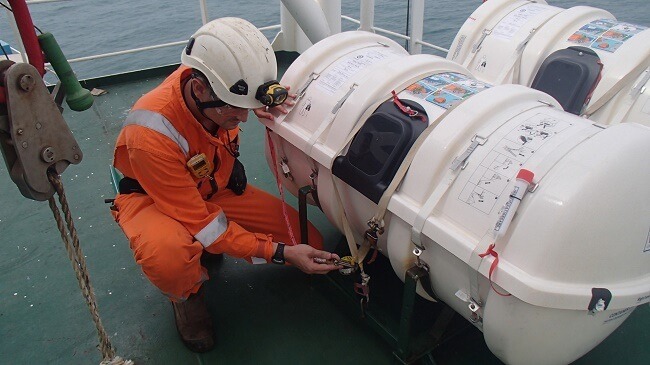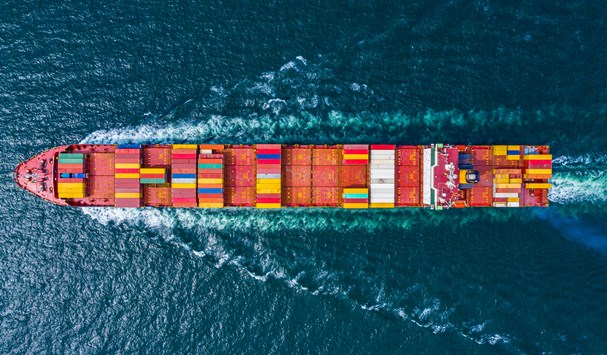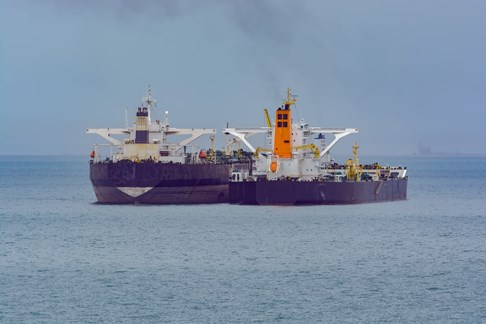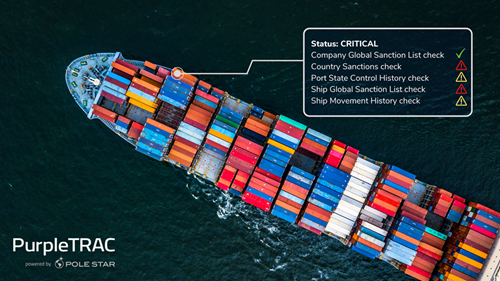October 29, 2020 POST STATE CONTROL
The Black Sea MOU on Port State control is a system of harmonized inspection procedures designed to target sub-standards ships with the main objective being their eventual elimination. The information contained in the web-site is aimed to provide industry with a brief outline of port State control procedures under the Black Sea MOU. For particular procedures in force you are referred to the full text of the Black Sea MoU.
Port State Control
In accordance with the international regulations stipulated by International Conventions in the maritime field the main responsibility for ship safe condition is addressed to the flag State – the State under which flag the ship is registered. Port State control (PSC) comes into the scene when shipowners, classification societies and flag State administrations have failed to comply with the requirements of the international maritime conventions. Although it is well understood that the ultimate responsibility for implementing conventions is left to the flag States, port States are entitled to control foreign ships visiting their own ports to ensure that any deficiencies found are rectified before they are allowed to sail. Port State control is regarded as measures complementary to the flag State control. The rights for that control are provided by the conventions themselves.
In recent years, the importance of port State control has been widely recognized and there has been important movement in various regions toward establishing a harmonized approach to the effective implementation of the control provisions. Currently the following PSC regimes are established in the world:
- Paris MOU (Europe and North Atlantic region);
- Acuerdo de Vina del Mar (Latin American region);
- Tokyo MOU (Asia-Pacific region);
- Caribbean MOU (Caribbean region);
- Mediterranean MOU (Mediterranean region);
- Indian Ocean MOU (Indian Ocean region);
- Abuja MOU (West and Central African region);
- Black Sea MOU (Black Sea region);
- Riyadh MoU;
- United States.
The main ideas of establishment of a regional PSC regime may be summarized as:
- each member Authority establishes PSC system on national level;
- agreed relevant instruments are used for the control of ships;
- common PSC procedures are applied during PSC inspections;
- actions against substandard ships are harmonized and coordinated;
- mutual comprehensive information exchange is provided.
Main Principles
In 2000 the Black Sea Memorandum of Understanding on Port State Control was signed by 6 Black Sea countries with the common understanding of main principles for PSC.
- PSCO
- Port State control is carried out by properly qualified Port State Control Officers (PSCO), acting under the responsibility of the maritime authority.
- Scope
- The geographical scope of the Black Sea MOU region consists of ports located on Black Sea coastline.
- Structure
- The Port State Control Committee is the executive body of the Black Sea MOU. The Committee deals with matters of policy, finance and administration. Daily activity of the Black Sea MOU is supported by the permanent Secretariat located in Istanbul, Turkey.
- Inspections
- A port State control visit on board will normally start with verification of certificates and documents. When deficiencies are found or the ship is reportedly not complying with the regulations, a more detailed inspection is carried out.
- Instruments
- Only internationally accepted conventions shall be enforced during port State control inspections. These conventions are the so-called “relevant instruments”.
- Non parties
- Flag State which are not a Party to conventions shall receive no more favorable treatment.
- Actions against substandard ships
- When serious deficiencies are found, the ship shall be detained. The captain is instructed to rectify the deficiencies before departure.
Source: bsmou










